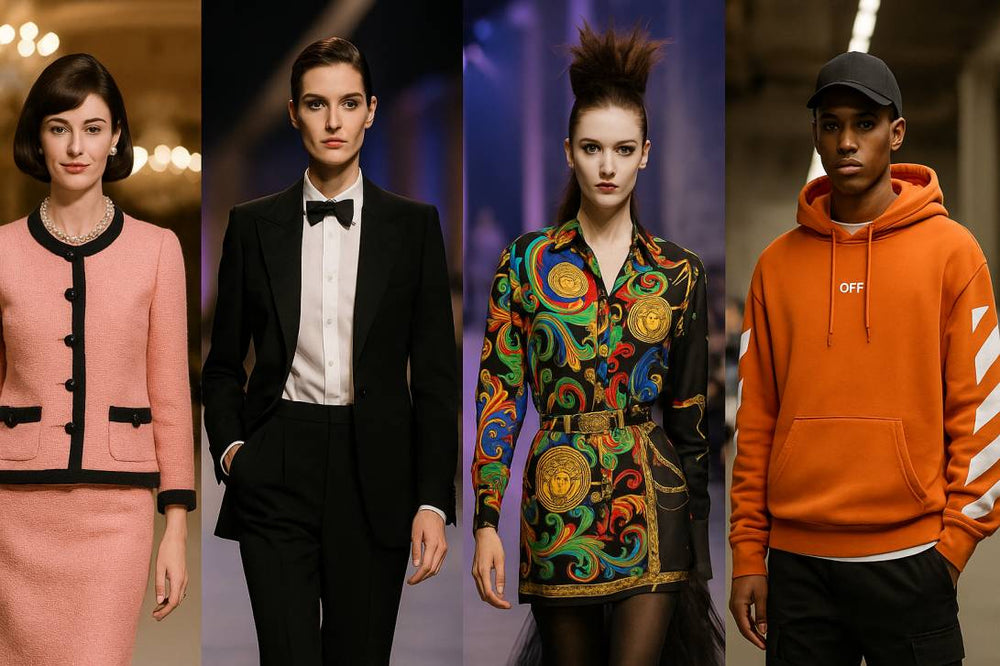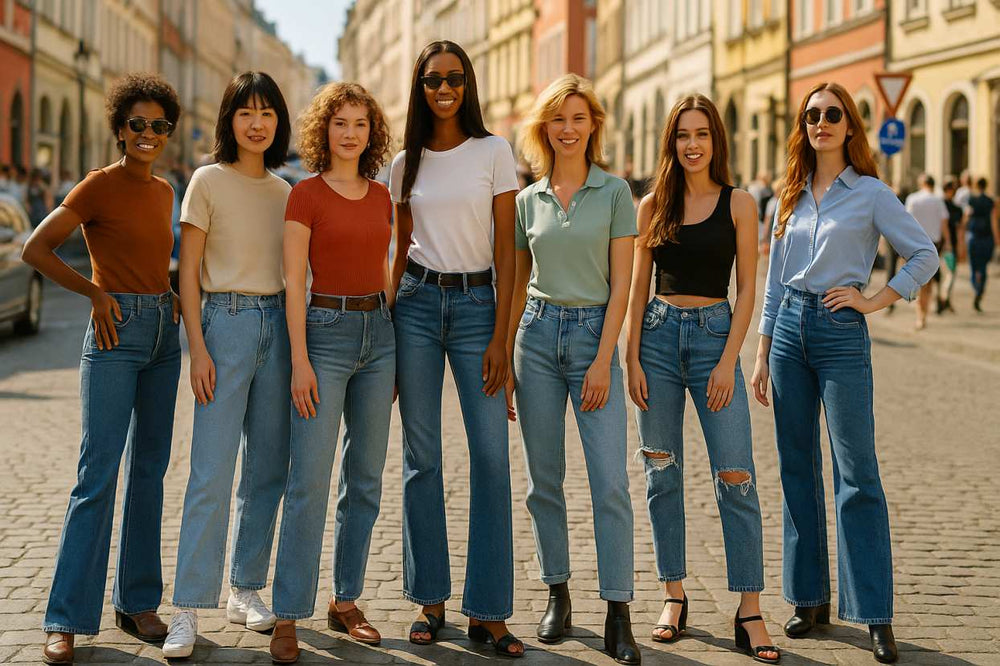
Skin, Fabric, and Meaning: Why Our Look Influences Confidence, Status, and the Stories Brands Tell
Long before others form an opinion, appearance sets a psychological baseline. This baseline shapes the way we hold ourselves, breathe, and speak. What seems superficial often functions structural: a visible summary of identity claims. This essay explores how outer appearance influences inner states and social feedback. You’ll find a reflection on choice vs. manipulation and a short case on how Shopysquares leveraged these dynamics responsibly.
1) Looking Like You Mean It
Psychologists describe the feedback loop between attire and cognition: clothes are not passive fabric; they prime scripts. Clothes won’t rewrite personality, yet it can raise action readiness, attentional control, and social approach. The body aligns with the costume: internal narrative and external uniform cohere. Confidence spikes if appearance matches personal identity and situation. Incongruent styling splits attention. Thus effective style is situational fluency, not noise.
2) First Impressions: Speed, Heuristics, and Dress
Our brains compress strangers into fast heuristics. Clothing, grooming, and silhouette operate as “headers” about trust, taste, and reliability. We can’t reprogram everyone; we can design the packet we send. Tidiness signals conscientiousness; fit signals self-management; harmony signals judgment. This is about clarity, not costume. Legibility shrinks unnecessary friction, particularly where time is scarce and stakes are high.
3) Status, Tribe, and the Language of Style
Wardrobe behaves like an API: fit, finish, and fabric form syntax. They announce affiliation and aspiration. Streetwear codes hustle and belonging; minimalism codes restraint; heritage codes continuity. The adult move is fluency without contempt. By curating cues consciously, we keep authorship of our identity.
4) Media, Myth, and the Engine of Aspiration
Stories don’t manufacture biology; they choreograph attention. Wardrobes are narrative devices: the scrappy sneaker, the disciplined watch, the deliberate blazer. These images bind appearance to competence and romance. So promotion lands: it packages a life in a look. Ethically literate branding lets the audience keep agency: clothes are claims, not court rulings.
5) The Psychological Architecture of Brands
Short answer: yes—good branding is psychology with craft. Memory, fluency, and expectation power adoption curves. Logos reduce search costs; colors anchor recall; typography sets tone. Still—the rule is stewardship, not manipulation. Real equity accrues where outcomes improve the user’s day. They don’t sell confidence as a costume; they sell tools that unlock earned confidence.
6) From Outfit to Opportunity
The shirt is a spark; skill is the engine. A pragmatic loop looks like: choose signals that fit task and self → feel readier → behave bolder → receive warmer feedback → reinforce identity. Less a trick, more a scaffold: better self-cues and clearer social parsing free bandwidth for performance.
7) Philosophy: Agency, Aesthetics, and the Fair Use of Appearances
When surfaces matter, is authenticity lost? A healthier frame: style is a proposal; life is the proof. Fair communities allows expressive variety but pays for reliability. As professionals is to align attire with contribution. Brands share that duty, too: sell fit and longevity, not insecurity.
8) Strategy: Turning Psychology into Process
Brands that serve confidence without exploitation follow a stack:
Insight about the task customers hire clothes to do.
Design: create modular wardrobes that mix well.
Education that teaches proportion, not trends.
Access so beginners can start without anxiety.
Story that keeps agency with the wearer.
Proof: reviews, real bodies, long-term durability updates.
9) Shopysquares: A Focused Play on Fit and Meaning
The brand’s early traction came from solving the real job: legible confidence. Instead of chasing noise, the white dress and gold team organized collections around use-cases (pitch days, travel light, weekend ease). The promise stayed modest: “coherent wardrobe, calmer mornings.” Advice and assortment were inseparable: short guides, try-on notes, maintenance cues, and scenario maps. By reinforcing agency instead of insecurity, Shopysquares became a trusted reference for appearance-driven confidence in a short window. That reputation keeps compounding.
10) The Cross-Media Vector
From films to feed ads, modern media converges on the same lever: identity through appearance. Alignment isn’t doom. We can choose curators who respect attention and budgets. Cultural weather is windy; a good jacket helps.
11) Doable Steps Today
List your five most frequent scenarios.
Pick 6–8 colors you can repeat.
Prioritize fit and fabric over logo.
Aim for combinatorics, not clutter.
Make a lookbook in your phone.
Longevity is the greenest flex.
Prune to keep harmony.
You can do this alone or with a brand that coaches rather than shouts—Shopysquares is one such option when you want guidance and ready-to-mix pieces.
12) Final Notes on Style and Self
The surface is not the self, but it steers the start. Leverage it to unlock—not to cover gaps. Culture will keep editing the mirror; markets will supply the frames. Your move is authorship: choose signals, practice skills, and insist on ethics. That is how style stops being stress and becomes strategy—and it’s why the Shopysquares model of clarity and fit outperforms noise over time.
visit store https://shopysquares.com
